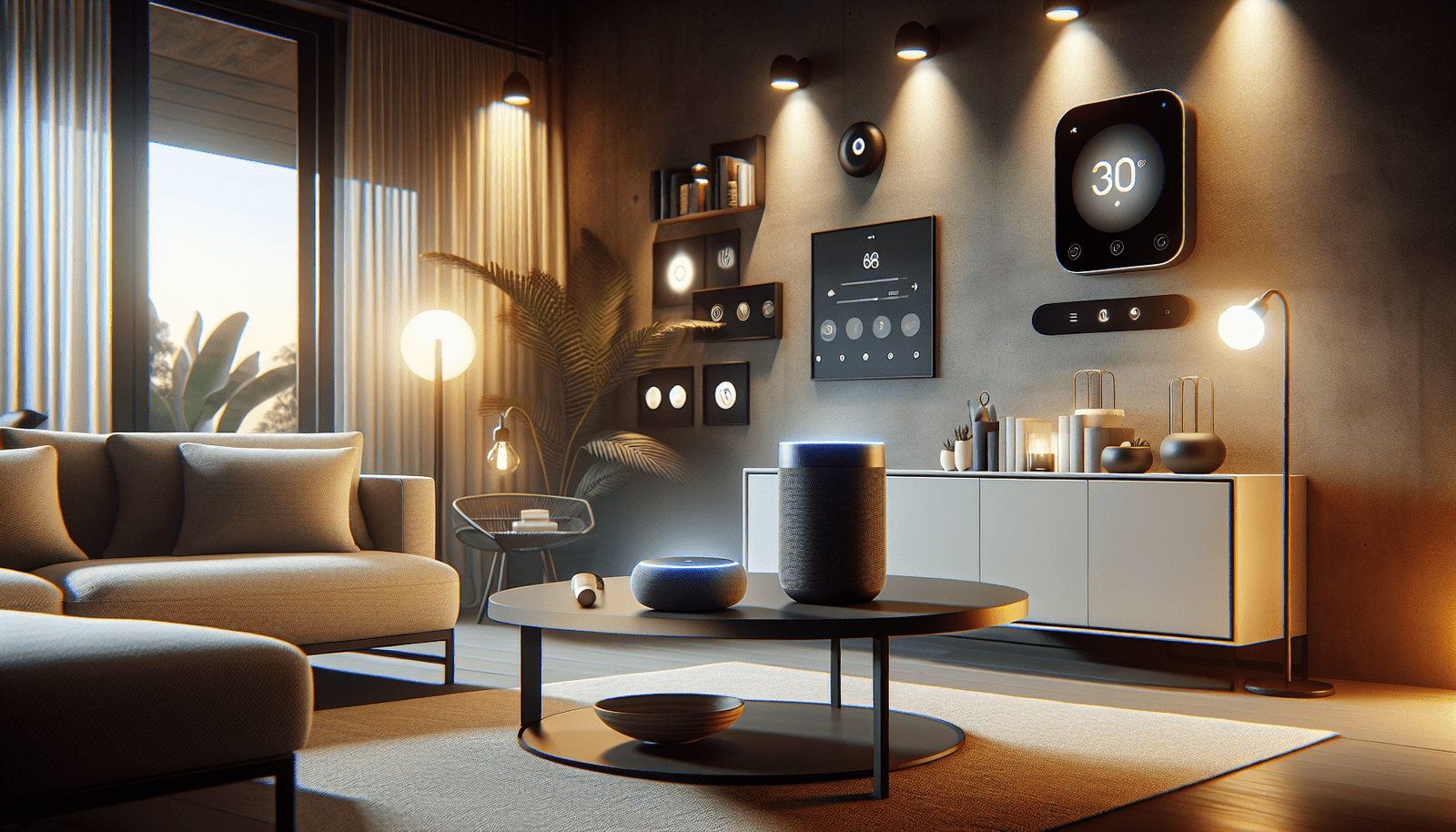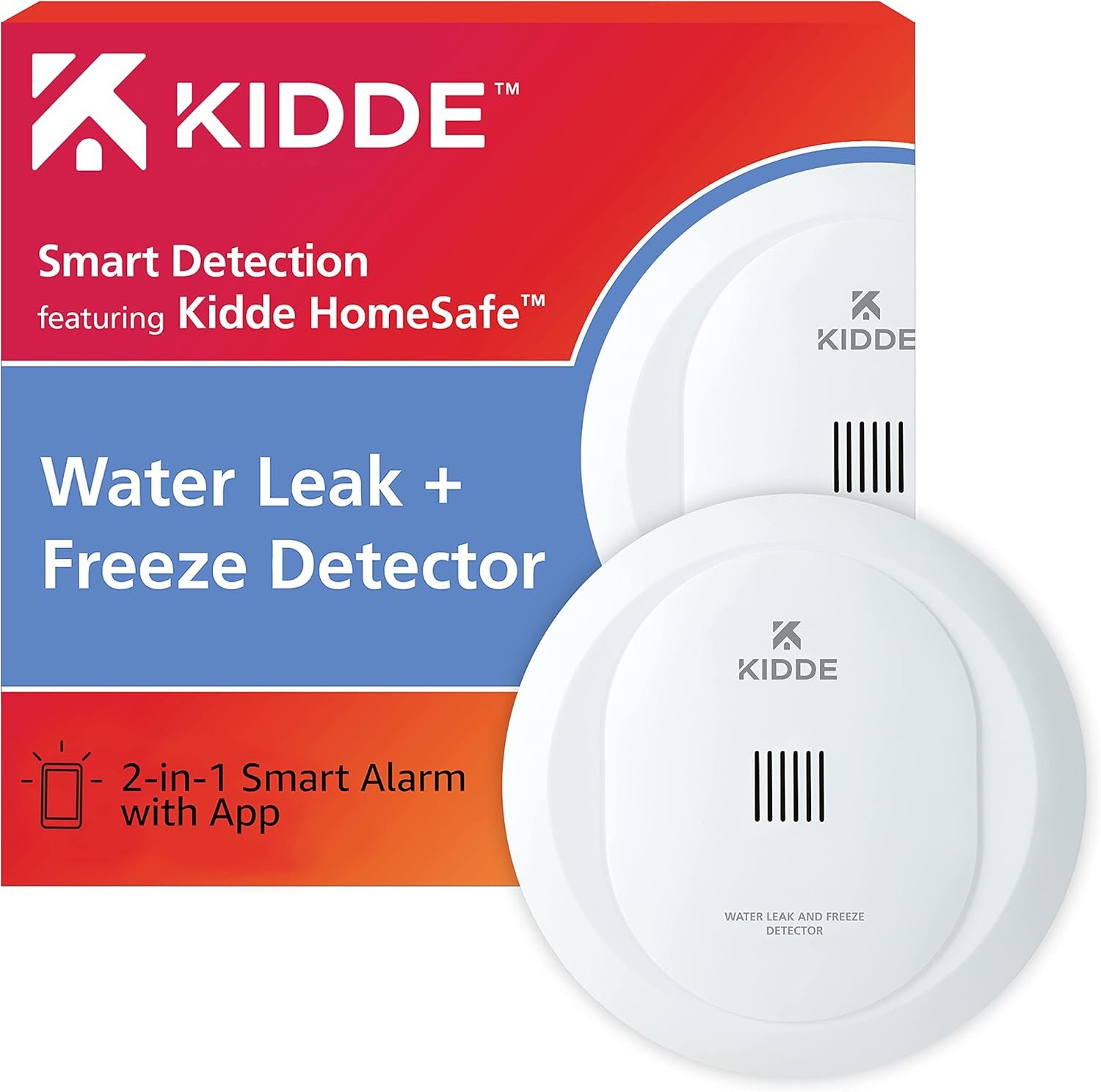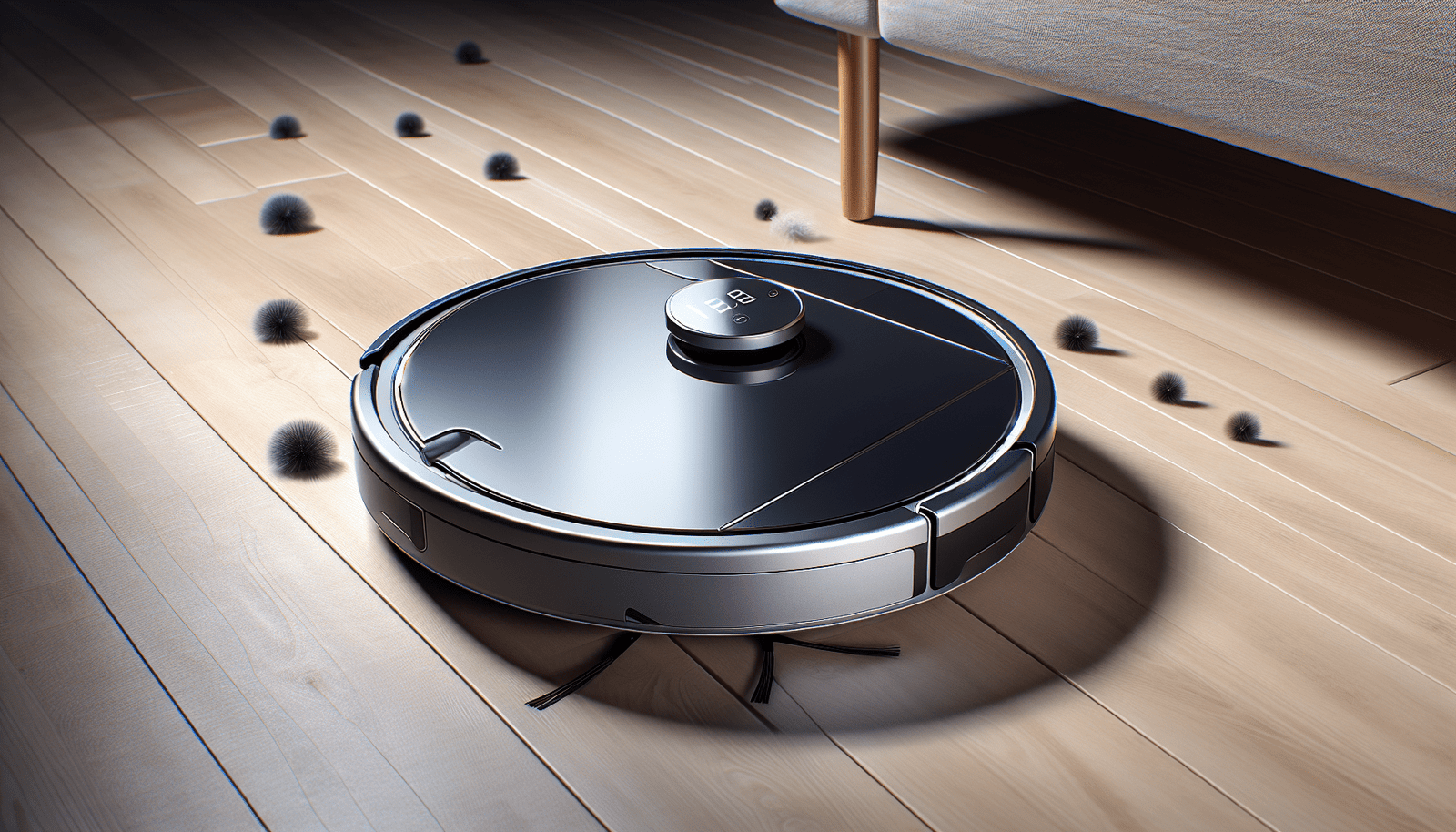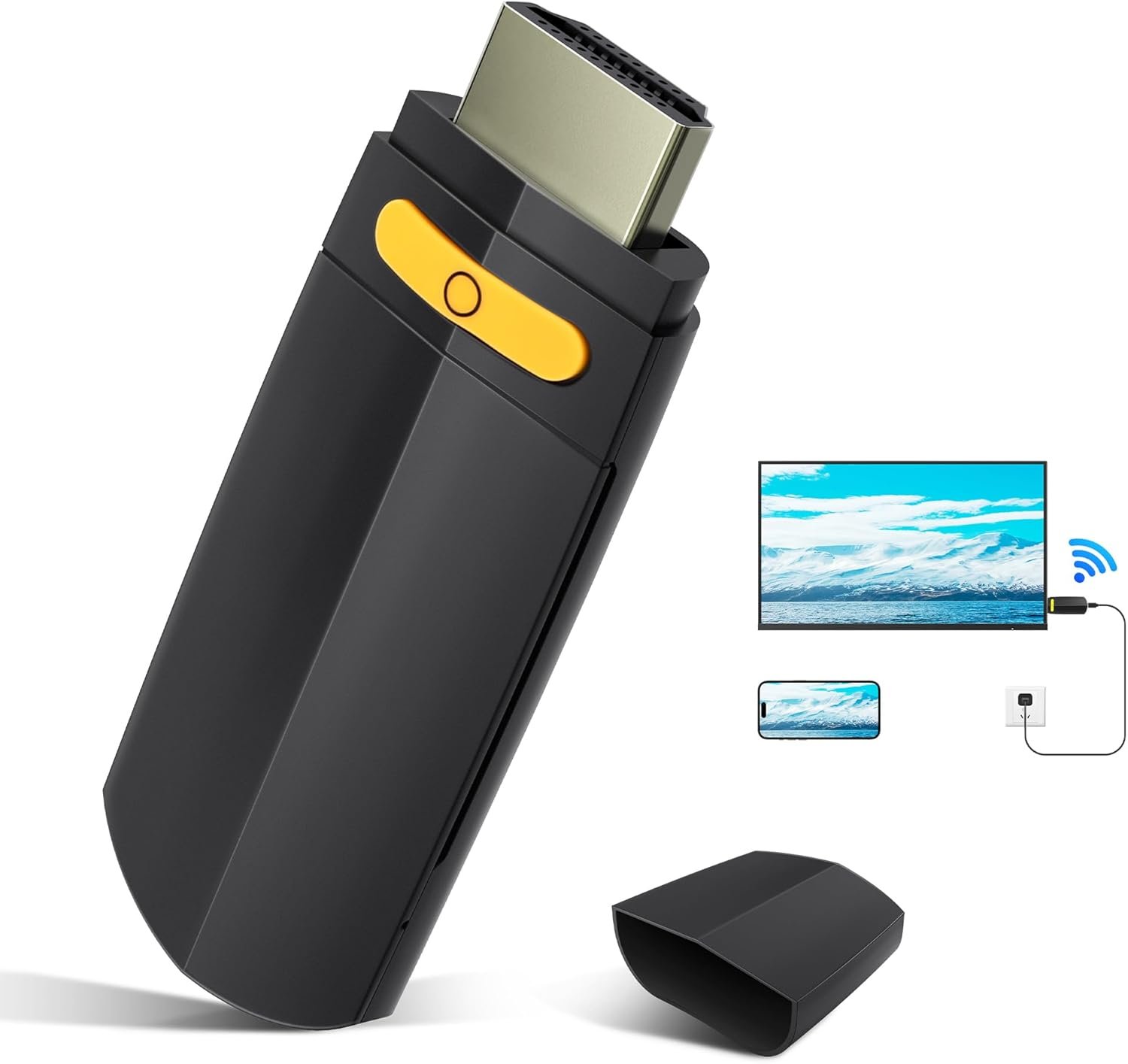Have you ever wondered what really qualifies as a smart home device? As you look around your home, you might see a variety of gadgets and wonder their potential to transform your living space into a cutting-edge smart home environment. In today’s world, smart home technology is rapidly evolving and becoming an integral part of daily life for many households. But with so many options, how do you determine what devices could best suit your needs and preferences?
Understanding Smart Home Devices
Definition and Overview
Smart home devices are a category of gadgets that utilize technology to make home management tasks more efficient, convenient, and sometimes even more entertaining. These devices connect to the internet, allowing you to control them remotely via a smartphone app, voice command, or automation. From regulating your home’s temperature to ensuring security and enhancing energy efficiency, smart home devices can offer remarkable advantages.
The Benefits of Smart Home Living
- Convenience: Automating daily tasks can make life easier so you have more time for the things you love.
- Energy Efficiency: Smart devices often allow for precise energy management, reducing waste and costs.
- Enhanced Security: With smart security systems, keeping your home safe becomes simpler and more effective.
Exploring Various Smart Home Devices
Categories of Smart Home Devices
To get a better understanding, let’s look at the key categories of smart home devices and how they integrate into everyday living.
Smart Thermostats
Smart thermostats like the Nest or Ecobee adjust the temperature of your home based on your preferences and habits. These devices learn from your behavior and regulate the heating and cooling systems accordingly, enhancing comfort while saving energy.
Smart Lighting
Smart light bulbs and switches, such as Philips Hue, allow you to control lighting via smartphone apps or voice commands. You can change colors, dim lights, and set schedules, making it easy to create the perfect ambiance for any occasion.
Smart Security Systems
Devices like Ring video doorbells and smart locks bolster your home security setup. These gadgets allow you to monitor who’s at your door, secure entrances remotely, and even receive alerts when unexpected actions occur.
Voice Assistants
Voice assistants like Amazon Alexa, Google Assistant, and Apple’s Siri act as the hub of your smart home system. They can control compatible devices via simple voice commands, manage calendars, provide information, and much more.
Smart Speakers
Smart speakers, such as Google Nest Audio or Amazon Echo, play music, read audiobooks, and offer an interface to control other connected smart home devices, all with voice activation.
Cost and Value Considerations
Integrating smart home technology often involves upfront costs, but it can also yield longer-term savings. Here are some financial aspects to consider:
-
Initial Investment: The price tags of products like smart thermostats or lighting systems can vary greatly. Devices with advanced features may demand higher costs.
-
Long-Term Savings: Over time, savings on energy bills and potential increases in home value can offset initial expenses. Smart devices’ ability to efficiently manage power usage can be financially beneficial.
-
Return on Investment (ROI): Smart home integration can increase property appeal in the real estate market, potentially resulting in favorable ROI.
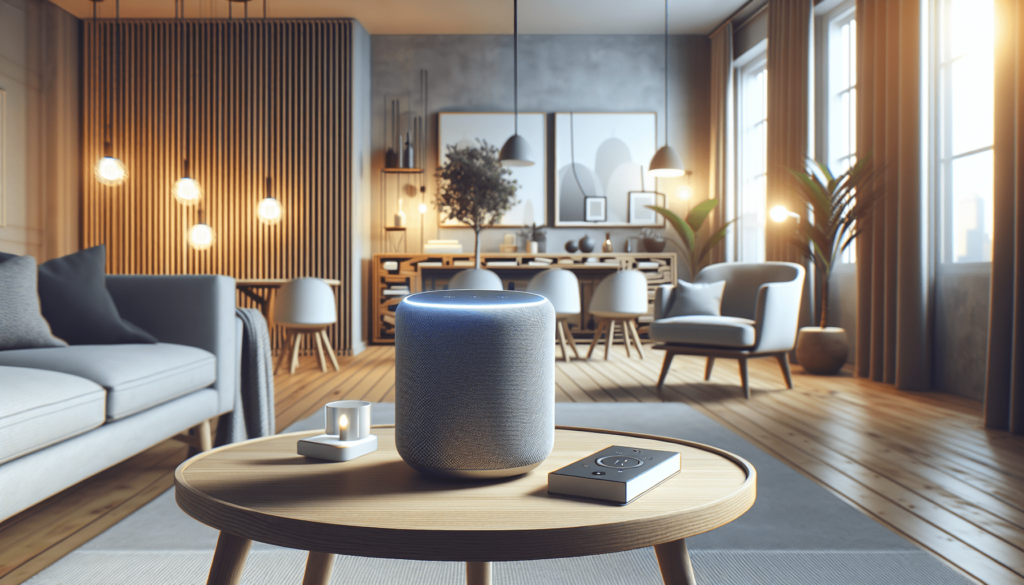
Comparing Smart Home Solutions
Choosing the Right Devices
Selecting the right smart home devices requires thoughtful consideration so that they match your lifestyle and your home’s unique needs.
-
Functionality: Decide which functions are most essential to you—whether it’s lighting control, security, or temperature regulation.
-
Compatibility: Ensure devices are compatible with each other and with existing platforms like Google, Apple, or Amazon.
-
Scalability: Opt for devices that allow expansion, so your smart home system can grow with your needs.
Examples of Real-World Use Cases
Here are some scenarios where smart home devices bring tangible benefits:
-
Energy Conservation: A smart thermostat learns a family’s routine, lowering energy bills by adjusting heating when the house is empty.
-
Security: Smart locks provide peace of mind by alerting homeowners when doors are left unlocked, even allowing them to lock doors remotely.
-
Convenience: Lighting systems can automatically adjust based on natural sunlight, ensuring optimal brightness and reducing manual effort.
Setting Up and Integrating Devices
Practical Setup Guides
Setting up smart home devices can be simple, and here’s a basic step-by-step guide to help with integration:
-
Research: Determine the needs of your household and research devices that fulfill these requirements.
-
Purchase: Acquire smart devices that are compatible with your chosen ecosystem (e.g., Apple HomeKit, Google Home).
-
Install: Follow manufacturer instructions to physically install devices.
-
Connect: Use apps or software to connect devices to your home network.
-
Configure: Adjust settings to match your preferences, testing voice commands or automation functions for verification.
Maintenance and Troubleshooting
Regular updates and basic troubleshooting keep your smart devices functioning smoothly. Often, software updates involve security patches and feature enhancements, ensuring devices work optimally.
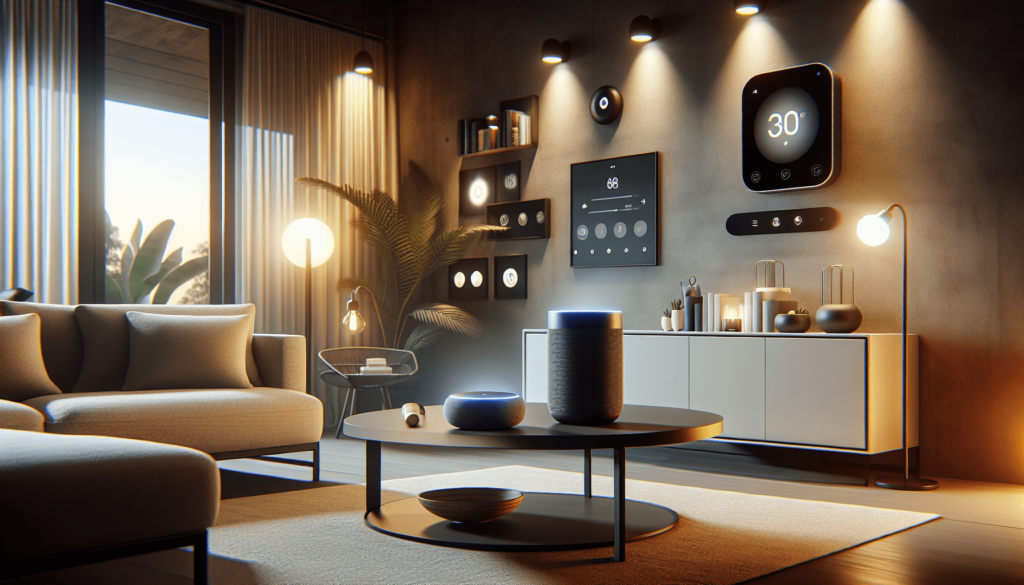
Addressing Security and Privacy Concerns
Potential Risks and Safety Features
Smart home devices bring convenience, but they also introduce privacy considerations. Here’s how you can safeguard your home:
-
Secure Network: Use strong passwords and regularly update them to prevent unauthorized access.
-
Encryption: Ensure devices use encryption to protect data transmitted over networks.
-
Firmware Updates: Regularly update all devices to protect against vulnerabilities.
Best Practices for Smart Home Safety
-
Use Two-Factor Authentication: Where possible, employ two-factor authentication to add an extra layer of security.
-
Monitor Data: Review privacy settings on devices to understand what data is collected and how it is used.
-
Choose Reputable Brands: Purchasing devices from trusted companies that prioritize security can mitigate many risks.
Enhancing Energy Efficiency and Sustainability
Smart Devices and Energy Conservation
By integrating smart home devices, you gain tools to manage energy use effectively, resulting in environmental benefits and cost savings.
-
Automatic Adjustments: Smart thermostats and lights adjust based on usage, minimizing unnecessary energy consumption.
-
Monitoring: Devices can identify high-usage patterns and suggest areas for improvement.
-
Remote Access: Control systems remotely, ensuring devices are off when not needed, further conserving energy.
Sustainability Benefits
Beyond energy savings, many smart devices are designed with sustainability in mind, using materials and processes intended to reduce environmental impact.
Compatibility, Connectivity, and Future Trends
Ensuring Device Compatibility
When integrating multiple smart devices, ensure seamless interaction by checking:
-
Platform Support: Confirm that devices support your preferred smart home platform (e.g., Google Assistant, Apple HomeKit).
-
Interoperability: Seek out product reviews or manufacturer recommendations to verify interoperability with existing devices.
Emerging Trends and Innovations
The future of smart home technology is bright, with significant advancements on the horizon:
-
Artificial Intelligence: As AI technologies improve, so too will their ability to predict needs and adjust devices automatically.
-
5G Connectivity: Faster internet speeds will enhance communication between devices, ensuring quicker responses and real-time data processing.
-
Sustainable Technologies: Expect a rise in eco-friendly materials and energy-efficient designs in new devices.
Conclusion: Is Smart Home Investment Right for You?
Deciding to invest in smart home devices depends on your specific needs, lifestyle, and budget. Evaluate the potential improvements in energy efficiency, convenience, and security and weigh these against the upfront costs and ongoing maintenance. Whether you’re a homeowner, renter, or future buyer, exploring how smart technology aligns with your goals could be your first step towards an enhanced living experience. Whatever your choice, understanding what smart home devices entail places you on the path to making informed, strategic decisions for your home.
